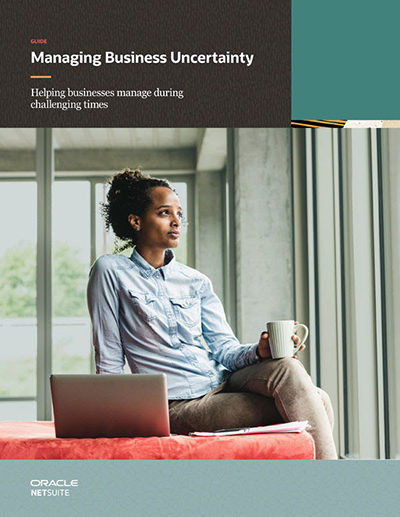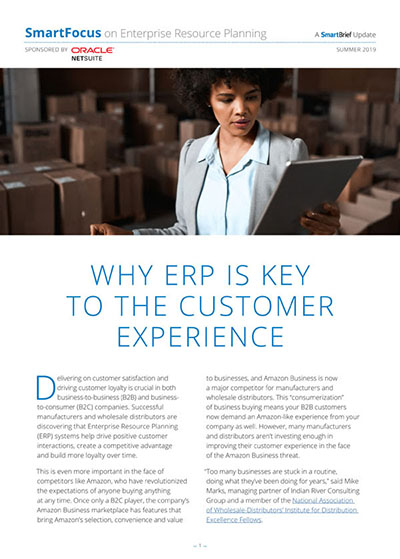Five Trends That Will Dominate Supply Chain Software Spending in 2013
Gartner Says Worldwide Software-as-a-Service (Cloud) Revenue to Reach $14.5 Billion.
Gone are the days when the priorities of a few high-tech startups determined the pace of business technology development.
Today, innovators come in all shapes and sizes, and they’re all looking to maximize the return on their technology dollars by embracing more flexible and powerful solutions.
In the year to come, these X trends will dominate the discussion and set the pace for global technology leadership.
Five Trends That Will Dominate Software Spending in 2013
1. The connected, empowered customer will be the single greatest consideration in software spending. Today’s customers are bouncing between online and offline channels with increasing speed—and that is true for B2B companies as well.
There are shrinking opportunities for companies to survive, let alone succeed, without a truly seamless multi-channel strategy.
New, viable communication and commerce channels are emerging every year, so software spending will focus on solutions which can quickly expand to embrace any number of new channels not yet known.
2. Connecting with customers means extending more data beyond the firewall, so software spending will focus on solutions which provide appropriate transparency both to employees and to customers.
Customer centricity is impossible without transparency, interactivity, speed and precision which you cannot get with on-premise systems that are built to hide data rather than sharing it.
3. Companies will continue to seek out solutions that support the growing interest in Bring Your Own Device (BYOD) architecture. IT departments have been fighting a losing battle to keep “unapproved” devices out of the workplace since the emergence of the PDA in the mid-1990s.
Business is recognizing that the challenges of maintaining security is worth the increased productivity that comes with the smartphones, tablets and a host of other connected devices that people want to use for work, particularly while away from the office.
4. Large enterprises will continue to disentangle from their long-term capital expenditures. That is becoming increasingly obvious with the emergence of two-tier ERP, which freezes the expansion of costly on-premise ERP systems in favor of deploying flexible cloud solutions at subsidiaries and regional offices.
The hybrid approach delivers global consolidation and real-time visibility in a matter of months with the added benefit of holding the line on capital expenditures.
5. Cloud computing will continue to grow in importance. Gartner projects that from 2011 to 2015, spending on Software as a Service (SaaS) will nearly double to $22.1 billion.
Mainstream businesses want the same thing ambitious startups are after—an edge that increases their reach to customers while minimizing expense and disruption.
These accessible, extensible and cloud-architected solutions will be winning RFPs this year because of their business benefits, and because they break the cycle of outdated software and expensive upgrades.
That’s an investment that continues to pay dividends long after the initial deal is signed.
Related Content: Analysts Report that Cloud-Based Adoption Increased 40 Percent this Year for Supply Chain Software













